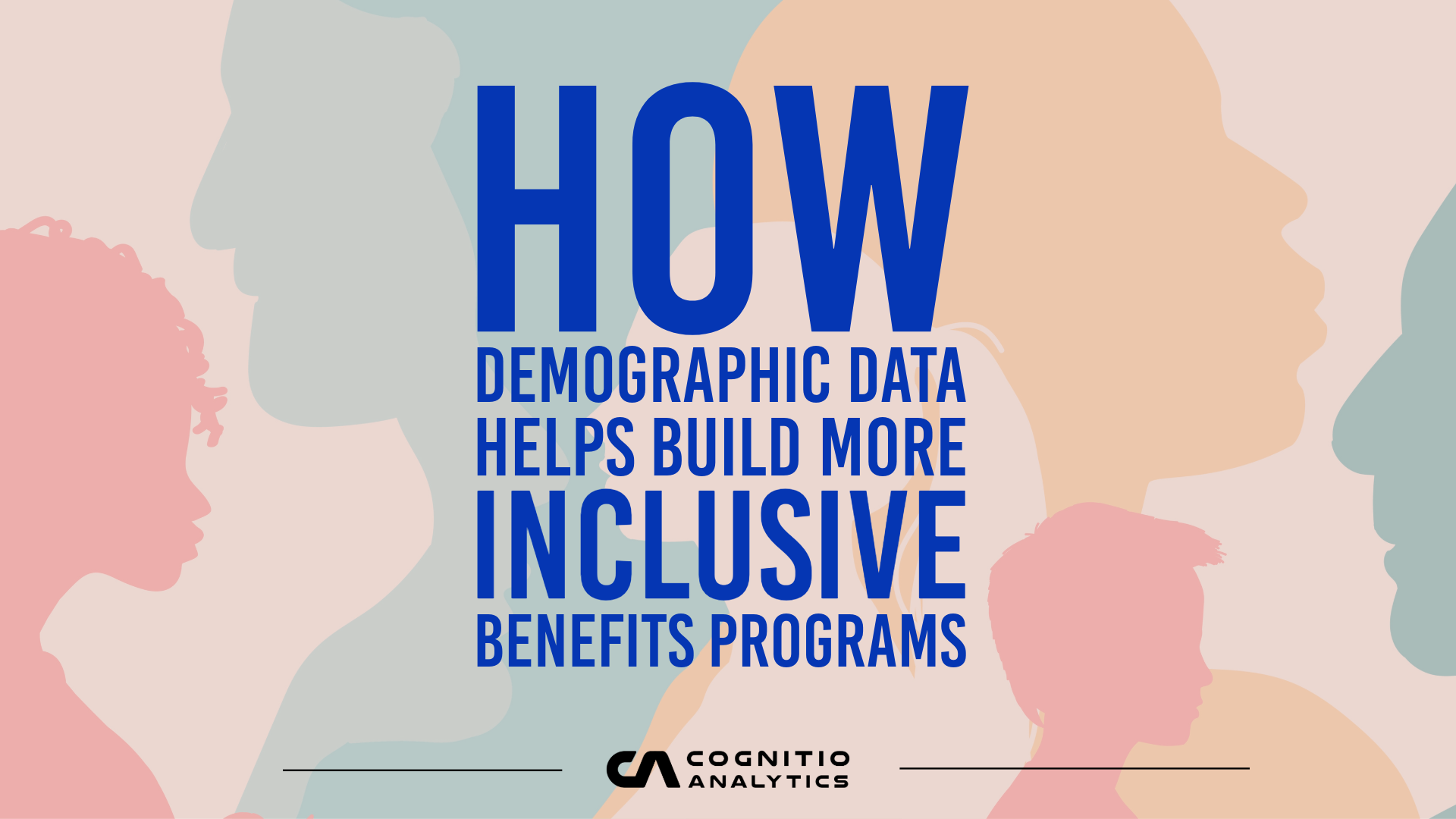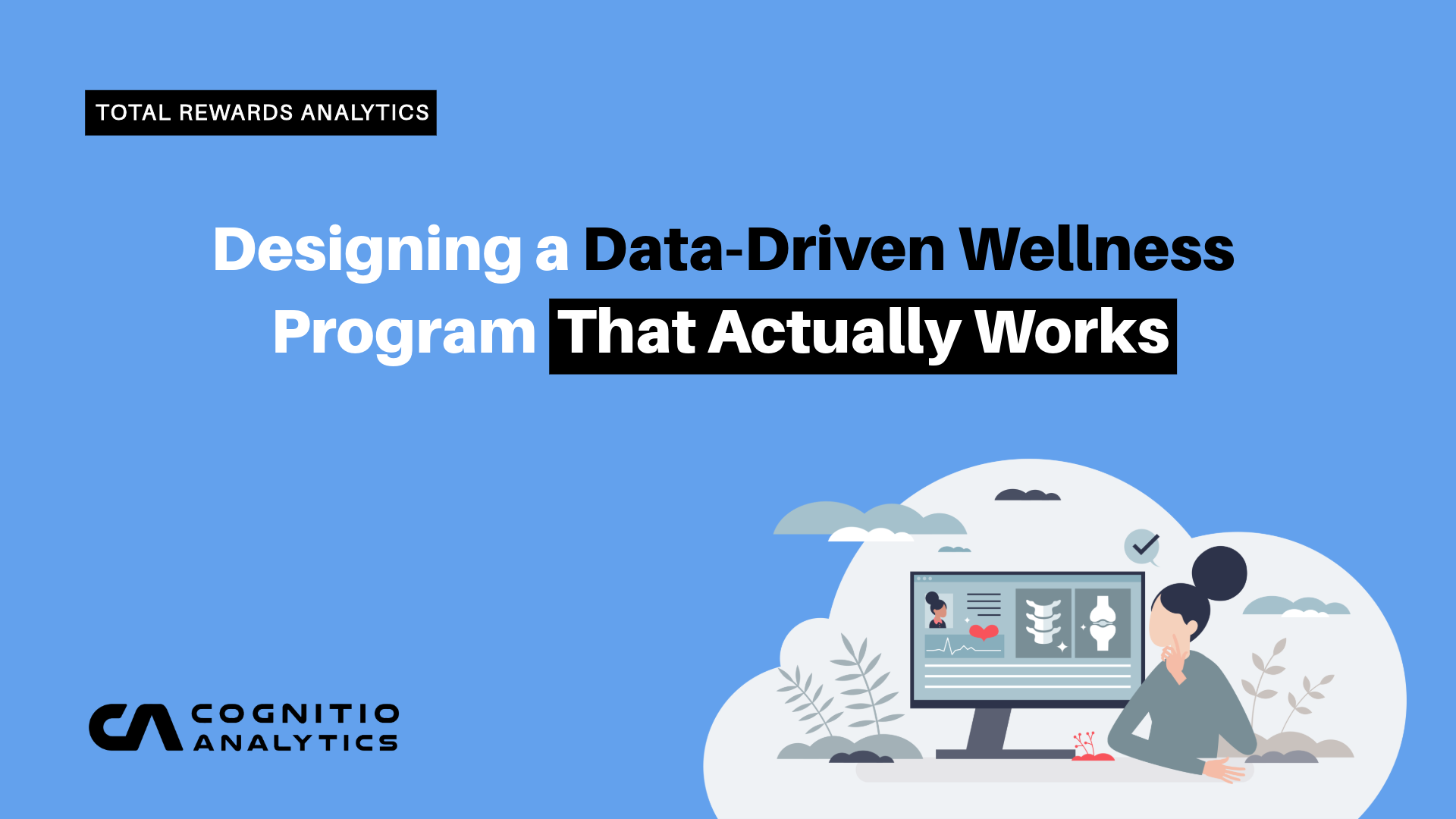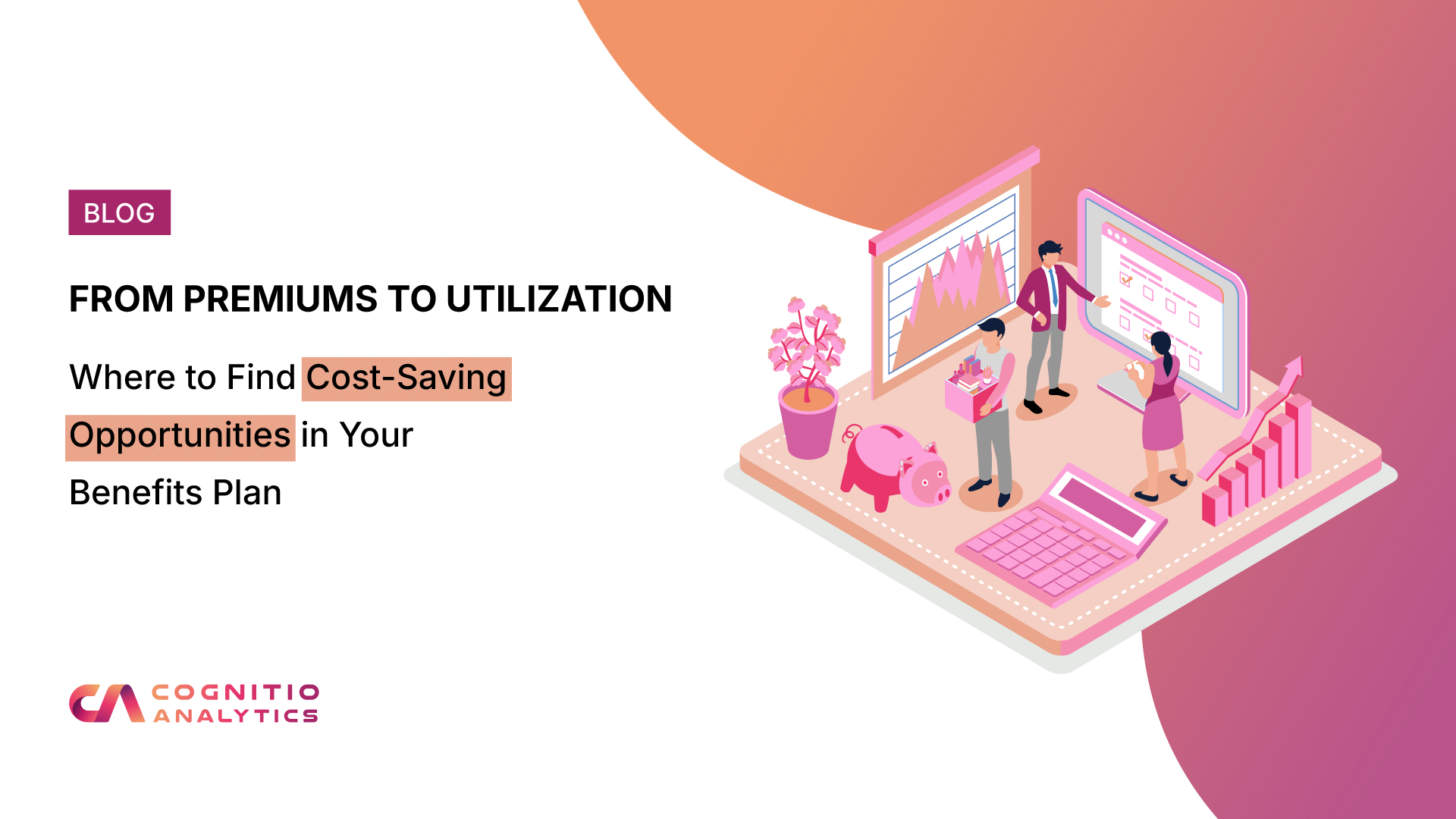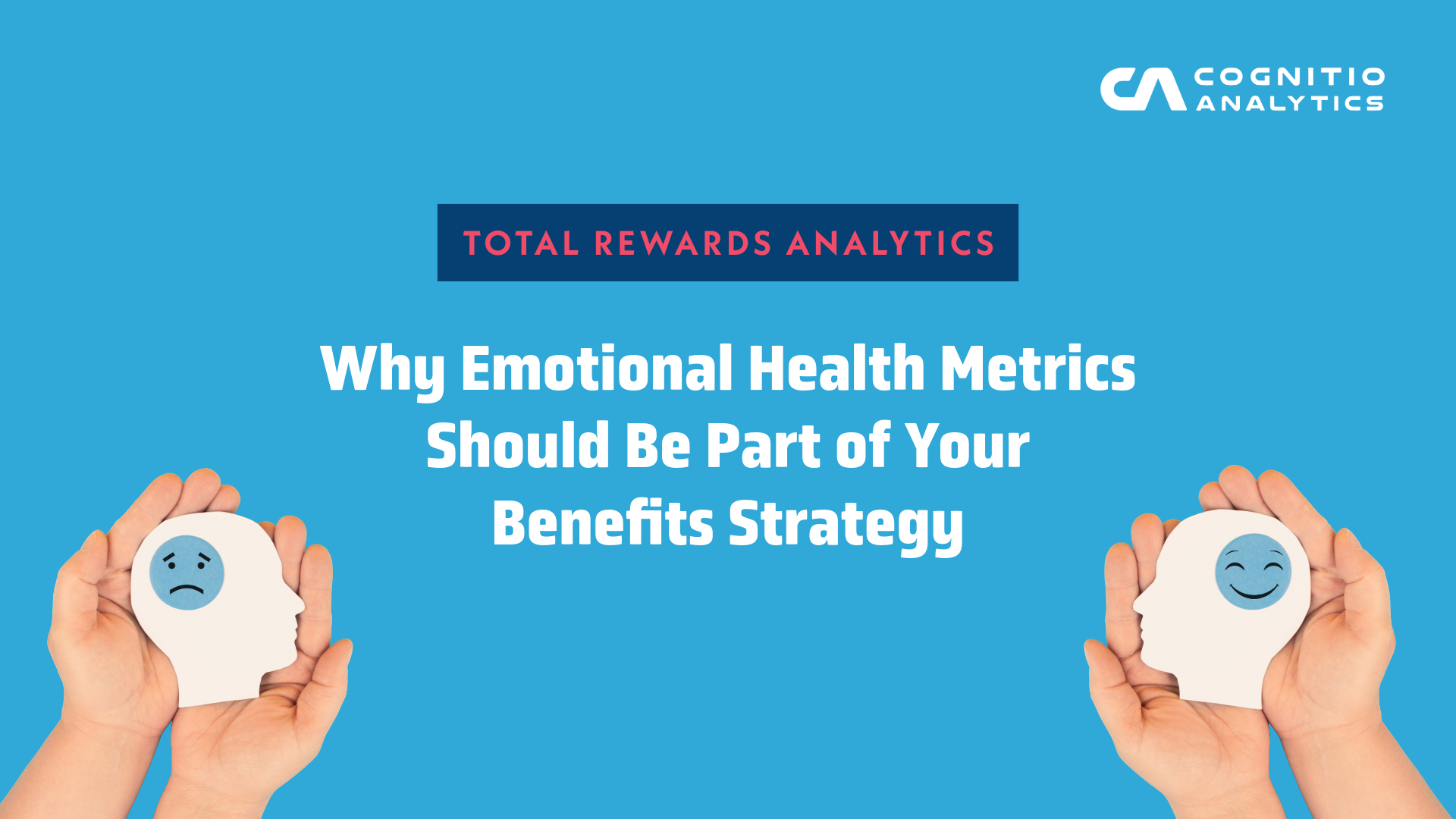
Why Emotional Health Metrics Should Be Part of Your Benefits Strategy
- Published Date: September 5, 2025
Employee wellbeing is often framed around physical health—preventive screenings, chronic disease management, or fitness initiatives. But increasingly, the data tells a different story: emotional and behavioral health challenges are among the most significant drivers of healthcare costs, productivity loss, and turnover.
Despite this, emotional health is still underrepresented in many benefits strategies. To truly support employees and control long-term costs, organizations must bring emotional health metrics into the center of their Total Rewards Analytics (TRA) approach.
The Rising Importance of Emotional Wellbeing
Stress, burnout, anxiety, and depression are no longer isolated issues—they are workforce-wide challenges. Left unaddressed, they lead to:
• Increased absenteeism and presenteeism
• Higher claims related to stress-induced conditions (e.g., cardiovascular issues, insomnia, musculoskeletal pain)
• Lower engagement, morale, and retention
Ignoring these signals doesn’t make the problem disappear; it simply shifts costs downstream.
Measuring What Matters: Emotional Health Metrics
With TRA, organizations can bring emotional wellbeing into focus using:
• Utilization of Behavioral Health Services: Tracking counseling, EAP usage, and tele-therapy adoption.
• Absenteeism & Leave Trends: Identifying spikes in stress-related or mental health leave.
• Engagement & Survey Data: Capturing employee sentiment on workload, work-life balance, and overall wellbeing.
• Claims Data Patterns: Spotting correlations between stress and related conditions like hypertension or substance misuse.
Together, these metrics provide a multi-dimensional view of workforce emotional health.
From Metrics to Actionable Strategy
Once emotional wellbeing data is visible, organizations can design more effective interventions:
• Expanding access to behavioral health resources (digital tools, counseling sessions, EAPs).
• Training managers to recognize and respond to early signs of burnout.
• Creating benefits that prioritize flexibility and work-life balance.
• Targeting high-risk groups with preventive outreach.
This turns abstract “wellness” goals into measurable, actionable strategies.
The ROI of Emotional Wellbeing
Investing in emotional health is not just about being supportive—it’s a financial decision:
• Reduced long-term medical costs by addressing issues before they escalate.
• Improved retention by creating a workplace where employees feel valued and supported.
• Greater productivity through reduced absenteeism and higher engagement.
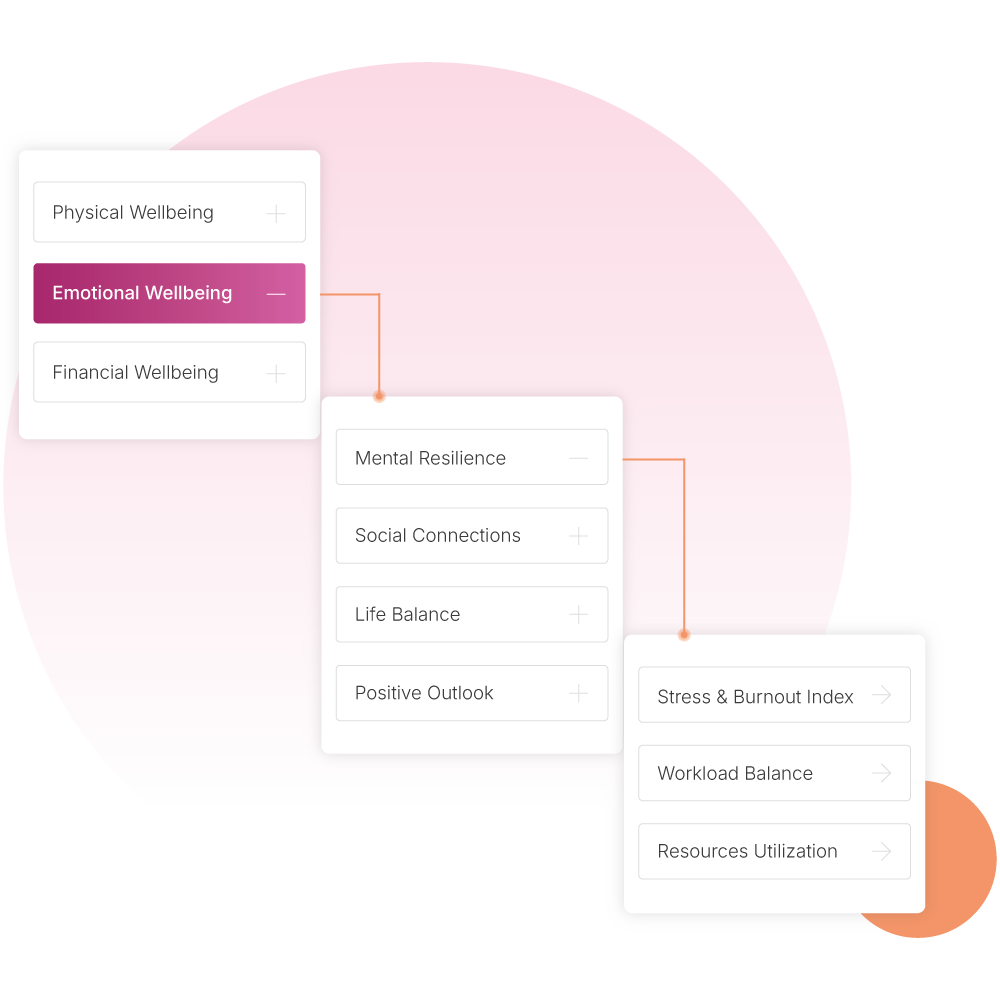
Make emotional wellbeing a measurable priority.
Learn how TRA helps organizations track, analyze, and act on emotional health metrics for stronger workforce and financial outcomes.
Conclusion: Making Wellness Work
Wellness programs should not be guesswork—they should be built on clear insights into workforce health needs. By integrating wellbeing analytics, preventive care metrics, and emotional health data, HR leaders can design wellness initiatives that are not only inclusive but also effective.
With TRA, wellness evolves from a perk to a proven business strategy.
Explore the Latest
Insights, stories, and trends shaping the future of work and rewards.

